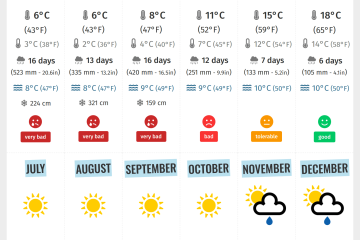Malta vs Netherlands: A Comparative Analysis

Introduction
The debate of Malta vs Netherlands is intriguing, as both nations offer unique cultures, histories, and economic landscapes. Malta, a Mediterranean archipelago, is known for its rich history and tourism, while the Netherlands, located in Northwestern Europe, boasts a strong economy and advanced infrastructure. Understanding the distinctions between these two countries is essential for travelers, businesses, and scholars.
Geographical and Demographic Overview
Malta is a small island nation comprising three inhabited islands: Malta, Gozo, and Comino, with a total area of approximately 316 square kilometers. It has a population of around 514,000, making it one of the most densely populated countries in the world.
In contrast, the Netherlands covers about 41,543 square kilometers and has a population exceeding 17 million. Firstly, its flat landscape is characterized by canals, tulip fields, and windmills, which differ significantly from the rocky terrain and coastal scenery of Malta.
Economic Comparison
The economies of Malta and the Netherlands are both robust but differ significantly in structure. Malta’s economy is heavily reliant on tourism, contributing around 27% to its GDP. The country attracts millions of visitors annually, drawn to its historical sites and pleasant climate.
The Netherlands, on the other hand, is one of the world’s largest exporters of goods, with a GDP driven by sectors such as technology, agriculture, and trade. The ports of Rotterdam and Amsterdam are among the busiest in Europe, showcasing the country’s pivotal role in international shipping.
Cultural Aspects
Malta’s culture is a blend of Mediterranean, Arab, and European influences, reflecting its long history of conquest and colonization. The Maltese language, derived from Arabic and Latin, is unique, although English is widely spoken.
In comparison, the Netherlands is known for its liberal culture, featuring significant developments in art and philosophy during the Golden Age. Dutch is the official language, with Frisian recognized in Friesland. The country is also renowned for its contributions to the arts, particularly in painting.
Political Landscape
Politically, Malta is a parliamentary republic that is a member of the European Union and the Commonwealth. The Netherlands also operates as a parliamentary constitutional monarchy and is one of the founding members of the EU. Both nations enjoy stable democracies, though different political issues can influence their governance.
Conclusion
In summary, while both Malta and the Netherlands have their distinct advantages and features, they offer contrasting lifestyles, economies, and cultures. Malta is ideal for those seeking a warm climate and historical exploration, while the Netherlands appeals to individuals interested in a dynamic economy and progressive culture. Understanding these differences can greatly benefit those looking to visit, study, or conduct business in either country.








